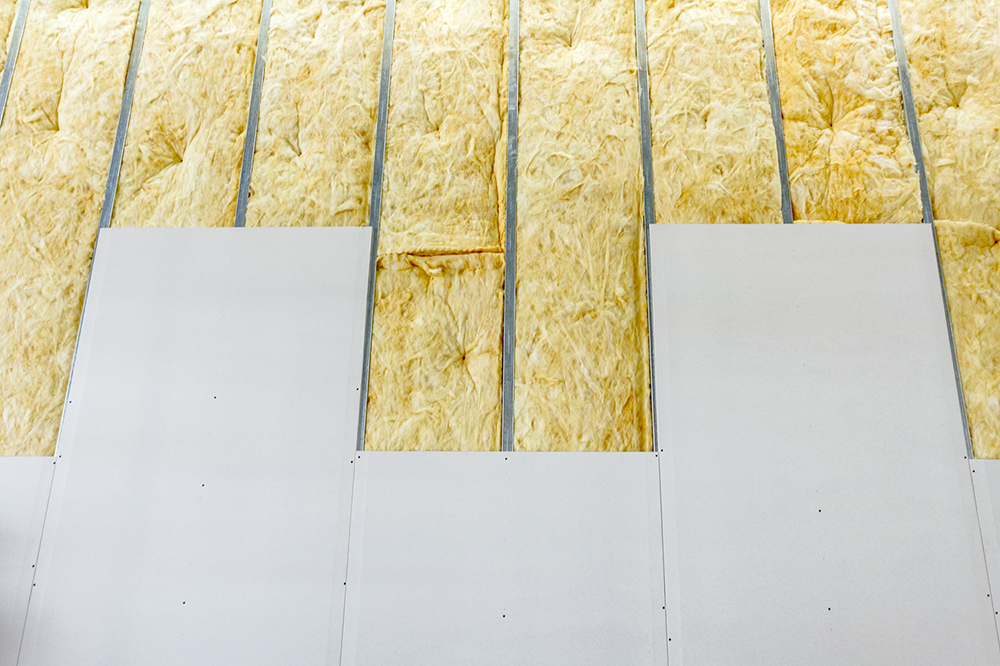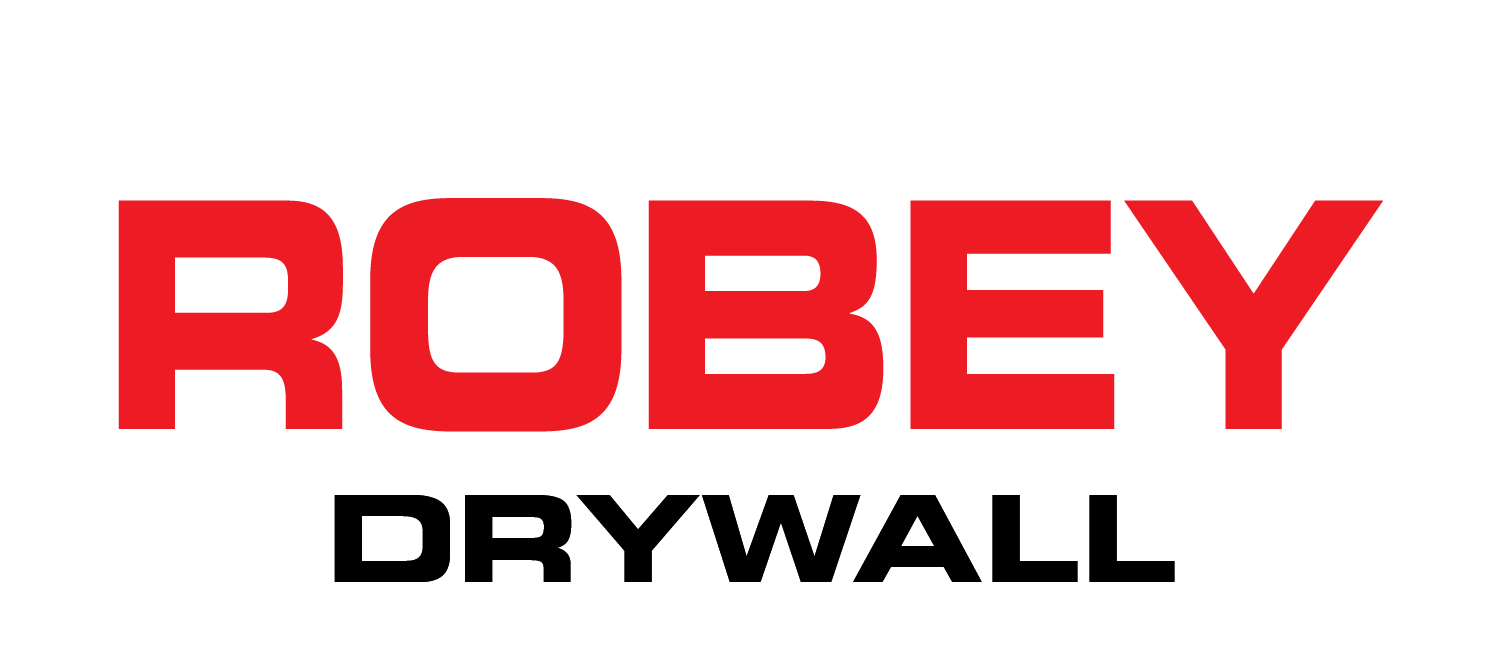To Steel or Not to Steel: Pros & Cons of Wood & Metal Studs

Whether you’re building from the ground up or adding a new wall or room, your project will need studs. Think of studs as the skeleton of your structure, adding strength to the materials placed over top of it. Without studs, the structure will be unsound and wobbly, far more likely to collapse under stress. There are two primary types of materials for this framework; wood and metal studs. Which is best for your project? Let’s look at the pros and cons of each.
Pros and Cons of Wood Studs
Traditional frameworks have always involved wood studs, and they’re still a good choice for contractors. Here are a few reasons why:
- Environmentally friendly: Renewable wood studs require less energy to manufacture.
- Readily available: Wood studs can be found at any lumber supplier in the standard 2×4 sizes.
- Easier to finish: Using wood studs around windows and doorways will make attaching trim, sills, and hardware easier.
- Easier to replace: Replacing a wood stud is often as easy as exposing it, cutting a new length, and replacing it.
- Easier to work with: Cutting a wood stud to fit your project is easier than cutting metal studs.
- Flexibility of design: Because wood is easier to cut and fit than metal, wood studs can be a good choice for complex designs as well as for changing designs and plans.
Wood studs have a few downsides, however, that make them less desirable than metal studs.
- Not pest resistant: Wood studs, just like any wood within the home, are inviting areas for destructive pests such as termites and rodents.
- Rot, mildew, and mold: When wood is exposed to water, it rots and can be a home for unhealthy mold and mildew.
- Bent studs can be a problem: When dealing with wooden studs, you may find some are bent and warped, making them harder to cut and fit.
- Wood studs are heavy: It’s surprising to most people to find that wood studs weigh more than most metal studs.
Pros and Cons of Metal Studs
If wood studs are the traditional answer for framing buildings, why are so many contractors turning to metal stud solutions?
- Increased disaster resistance: Metal studs are fire and water resistant, making them a more viable option for building a structure that’s meant to last.
- More predictable quality: Unlike wood studs that can be prone to warping, metal studs provide a more dependable level of straightness and consistent quality.
- No damages from humidity, wet weather, or pests: Unlike wood, metal does not rot or attract destructive pests.
- Lighter weight means metal studs are easier to transport and store: Because metal studs are hollow, they are remarkably light and easier to transport than wood studs.
- Greater overall life span: Metal lasts far longer than wood; choosing metal studs virtually eliminates any need for future replacements.
Metal studs are an excellent alternative to wood framing, but they have a few disadvantages as well.
- Lowered energy efficiency: Metal is a conductor, not an insulator. This means that using metal studs may decrease the energy efficiency of the structure unless the walls are built with a thermal break or gap.
- Lower availability: Metal studs are typically harder to find and offer less sizing choices than wooden studs if you’re shopping at a home improvement store.
- More difficult to cut: Cutting metal studs requires specialized tools and should only be done by a professional.
- Higher costs for fasteners: Metal stud fasteners are typically more expensive than wooden ones.
- Metal studs need to be protected from your electrical wiring: Remember that metal conducts electricity; a professional contractor understands how to insulate the studs and wires to protect against this risk.
Are Wood Studs or Metal Studs Best for Your Project?
There are some projects that are better suited for wood studs, and just as many that will require the unique features of metal ones. Robey provides metal stud framing for projects of all scopes and sizes. Contact us and let’s talk about your project.
